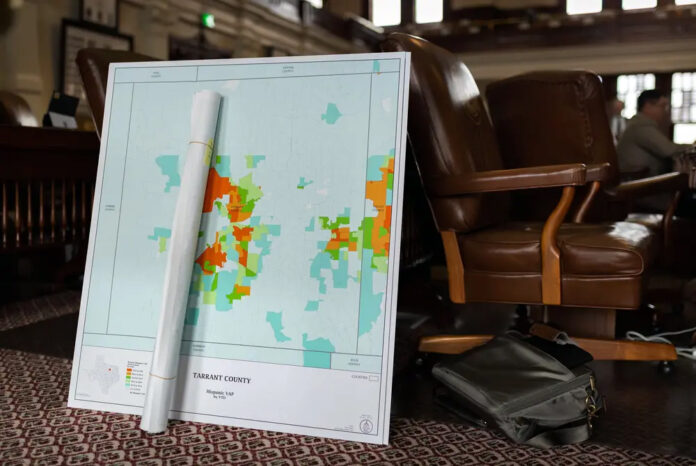Democratic Party officials are howling about new state House districts for the Rio Grande Valley. And while most people would agree that the primary reasoning behind both the new lines and the outcry are about party strength, the changes could have some positive as well as negative outcomes.
The loudest protest regarding the Valley in the new maps, which await Gov. Greg Abbott’s signature to make them official, deal with a late amendment that redrew the boundaries for state House districts 37 and 38, which also affects other Valley districts.
The late amendment, authored by Kingsville Republican Rep. J.M. Lozano, splits Brownsville between the two districts. District 37, which currently includes most of the city, now would stop at Paredes Line Road. District 38, which currently stretches from western Brownsville to Harlingen and includes Olmito, Rancho Viejo, San Benito and Los Indios, would be centered in Brownsville. District 37 would pick up Rancho Viejo and Harlingen while Olmito and San Benito would be within District 35, which horseshoes around the populated areas of Hidalgo County and is represented by Oscar Longoria of La Joya. District 37 Rep. Alex Dominguez’s residence has been drawn out of his district; if he wishes to remain in the legislature he would have to file for the District 38 seat, which Eddie Lucio III is vacating. District 37 also would pick up Willacy County, which currently lies in District 35.
Republican lawmakers who dominate the state legislature openly admit they wish to increase their strength in the Valley, and separating the cities, which remain solidly Democrat, from rural areas, which have produced better results for the GOP, could increase their chances of winning a seat or two in the Valley.
Of course, Republicans in Austin assume that areas that voted for Donald Trump in the past might improve the party’s chances in the future. That isn’t necessarily the case, however. Some Republicans, such as George W. Bush and Kay Bailey Hutchison, have done well in the Valley while Democrats dominated other parts of the ballot. In addition, politics in much of the Valley remains personal, with voters casting ballots for people they know personally.
Beyond party affiliation, the new districts could have some benefits. Willacy County now will be grouped with other coastal areas. This not only increases the chances that they might actually know their state representative, they also can be better assured that their representative recognizes their need for storm and flood mitigation and trade along Interstate I-69 rather than I-2.
Will the new districts create a windfall for the Republican Party in South Texas? Perhaps, but as long as voter turnout in local elections remains below 20%, a political race can always be won by more compelling platforms, more popular candidates, and harder work to get out the vote. And if enough Republicans obey Trump’s call to boycott the 2022 elections, all bets could be off.
Most importantly, we always will need to demand that our elected officials, regardless of party, represent the needs of the constituents and region they represent.





